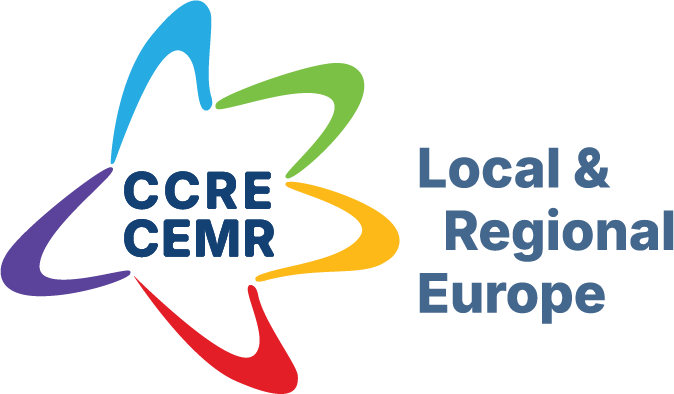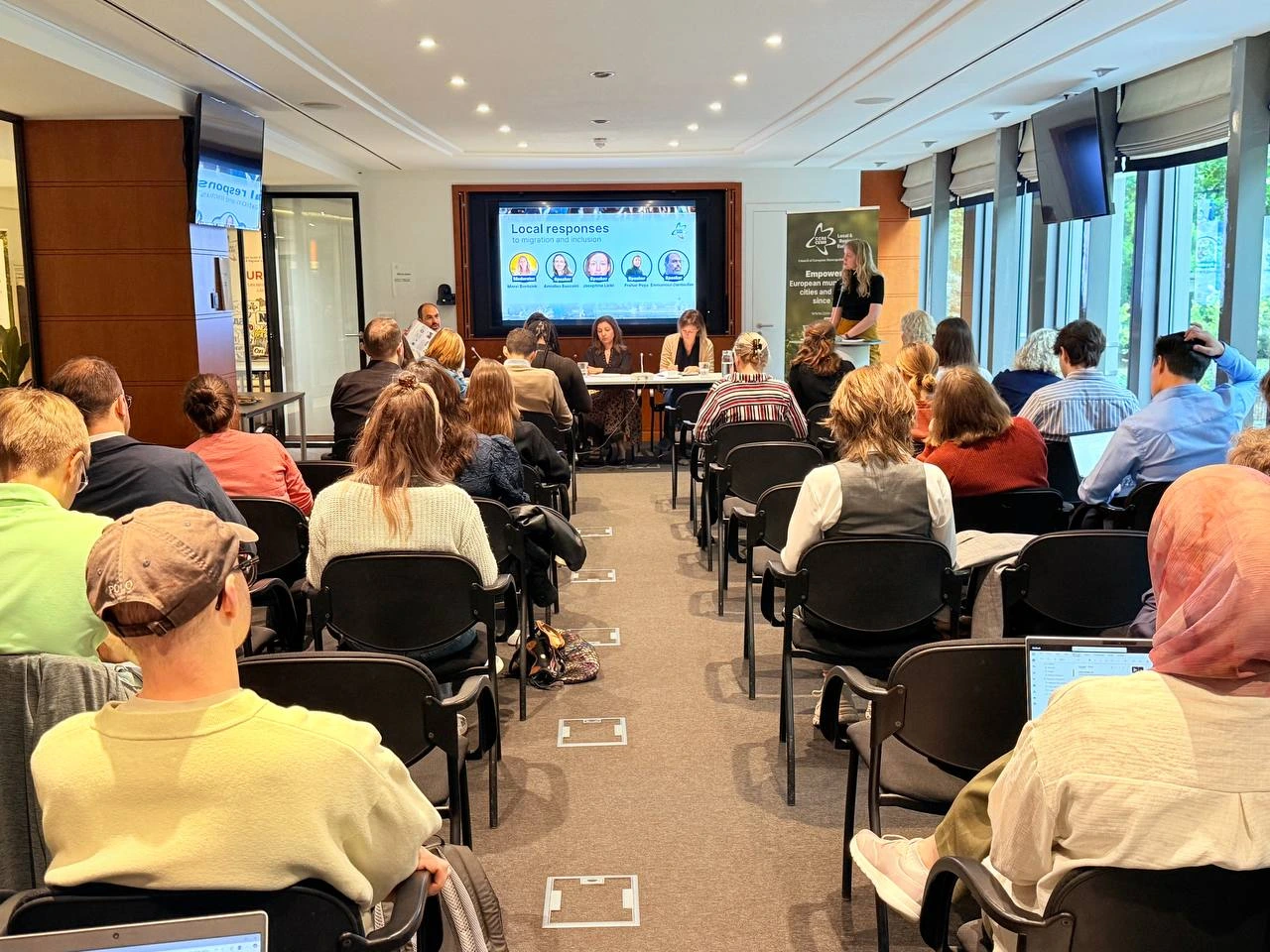Local responses to migration and inclusion: Challenges and opportunities for local and regional governments
Representatives from CEMR’s national associations of local and regional governments, alongside EU experts and civil society organisations, met on September 17th to discuss how migration policy plays out where it matters most: in Europe’s municipalities and regions. The event “Local responses to migration and inclusion: Challenges and opportunities for local and regional governments” spotlighted the gap between EU policy design and the realities of local and regional implementation.
Local governments at the frontline
Local and regional governments (LRGs) are on the frontline of migration. They provide shelter, education, healthcare, and pathways to employment, often under pressure and with limited resources. Yet participants underlined that LRGs remain largely absent from the design of the EU’s Pact on Migration and Asylum.
“Policy decisions are taken in Brussels or national capitals, but it is municipalities who face the reality on the ground,” said Emmanouil Dardoufas, from the European Committee of the Regions (CoR). “Local leaders need a real say in shaping migration policy, not just in implementing it.”
Inclusion: the missing piece
Speakers stressed that while the Pact addresses border management and procedures, it is far weaker on integration and inclusion, the very areas where municipalities carry the heaviest responsibilities. “Integration doesn’t stop at six months, or nine”, said Annalisa Buscaini of the European Policy Centre, referring to labour-market access timelines and the support that effective integration requires. She also cautioned that the centralisation of EU funds at the national level risks sidelining municipalities, particularly smaller ones.
The gender dimension: overlooked and urgent
The lack of gender sensitivity in EU migration policy drew particular concern. “The word ‘women’ appears fewer than ten times in the Pact implying that migrant women and girls’ specific needs and challenges are at risk of being overlooked”, noted Frohar Poya from the European Network of Migrant Women. She described unsafe reception conditions where overcrowding, lack of privacy, and inadequate safeguards expose women and girls to violence and exploitation. Without gender-sensitive approaches, she warned, the EU risks perpetuating harm.
Housing and employment: pressing local challenges
Housing shortages and access to the labour market remain among the biggest challenges for municipalities. In Germany and the Netherlands, participants reported that limited housing stock feeds hostile narratives portraying migrants as “taking places” from locals. Employment pathways are also blocked by lengthy waiting periods, cumbersome paperwork, and the non-recognition of foreign qualifications.
“Many migrants are ready to work, but legal and administrative barriers prevent them from doing so. Local governments could play a bigger role as both facilitators and employers,” argued Josephine Liebl of the European Council on Refugees and Exiles (ECRE).
Practice snapshots from across Europe
Participants shared examples of how municipalities are responding despite these pressures:
- Tailored support for minors in the Canary Islands: individualised care and education plans that include health and socio-emotional assessment and equip them with essential life skills.
- Local level coordination hub in Athens: the municipality’s centre provides needs-based services and a welcoming environment for minors, as well as facilitates the exchange of know-how between local authorities.
- Inclusive education for minors in Łódź: school integration of Ukrainian children through native-language educators, cultural activities and additional Polish language lessons.
- Child participation and facilitated transition into adulthood in Bouches-du-Rhône: the involvement of minors in shaping their support plans and providing feedback on services, and the extension of child services into early adulthood to improve employment prospects.
While contexts differ, these snapshots highlight the creativity of local actors. Yet participants stressed: there is no one-size-fits-all, and national/EU frameworks must allow for local flexibility.
A call for stronger multi-level governance
The debate converged on three core priorities, translated into concrete asks:
- Integration funding: create direct-to-municipality micro-grants and flexible envelopes accessible to smaller towns; require partnership clauses in national allocation rules.
- Housing capacity: explore targeted EU funding and state-aid flexibilities for affordable housing linked to local needs assessments; encourage national frameworks that allow municipal co-investment.
- Employment pathways: pilot earlier labour-market access where feasible; fast-track recognition of foreign qualifications in shortage sectors; streamline local hiring of migrants by LRGs as employers.
Participants acknowledged the need for national authorities to ensure consistent rules and oversight. The challenge, they argued, is to calibrate that with the flexibility local implementers require.
As Merel Bentsink, Chair of CEMR’s Expert Group on Migration and Inclusion (VNG), concluded: “Europe’s cities and regions are ready to do their part. But if we want migration and inclusion policies to work, local voices must be heard and supported.”
For more information, contact:

Director – Policy & Impact






